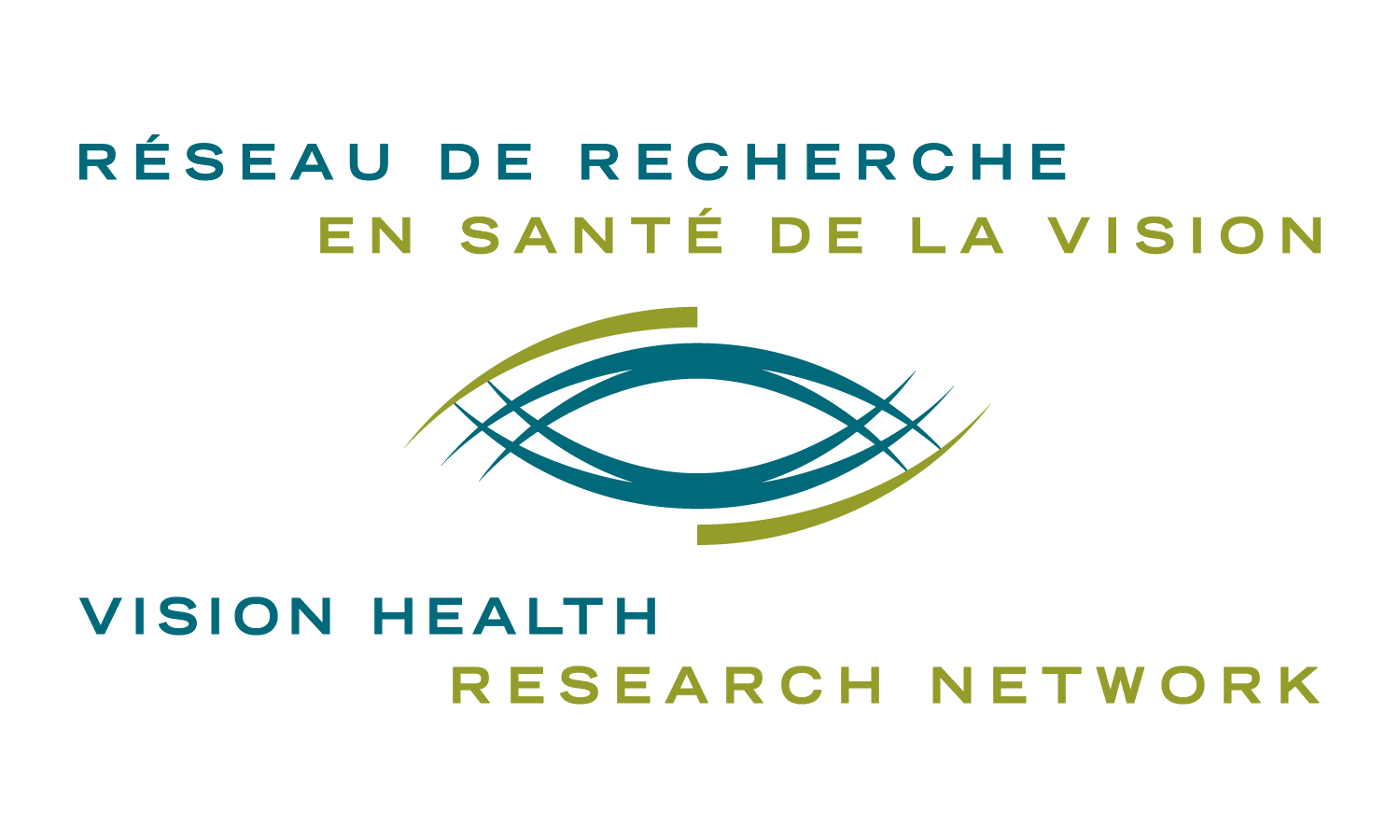Stereotypes Associated With Age-related Conditions and Assistive Device Use in Canadian Media. Fraser SA, Kenyon V, Lagacé M, Wittich W, Southall KE. Gerontologist. 2015 Jul 28.
Impact sientifique: Cette analyse critique du discours examine la façon dont les stéréotypes sont maintenus à travers le vocabulaire et le ton de la presse écrite au Canada. Cette publication a pour but d’attirer l’attention sur la manière dont sont perçus dans ce média les aînés ayant de multiples problèmes de santé ainsi que leurs aides techniques. Une conscientisation entourant ces appareils fonctionnels ainsi que l’état de santé dû à l’âge s’avère nécessaire afin de minimiser la circulation de stéréotypes et d’encourager l’adoption et l’utilisation d’aides techniques.
* * *
Résumé original
PURPOSE OF THE STUDY: Newspapers are an important source of information. The discourses within the media can influence public attitudes and support or discourage stereotypical portrayals of older individuals. This study critically examined discourses within a Canadian newspaper in terms of stereotypical depictions of age-related health conditions and assistive technology devices (ATDs).
DESIGN AND METHODS: Four years (2009-2013) of Globe and Mail articles were searched for terms relevant to the research question. A total of 65 articles were retained, and a critical discourse analysis (CDA) of the texts was conducted. The articles were coded for stereotypes associated with age-related health conditions and ATDs, consequences of the stereotyping, and context (overall setting or background) of the discourse.
RESULTS: The primary code list included 4 contexts, 13 stereotypes, and 9 consequences of stereotyping. CDA revealed discourses relating to (a) maintaining autonomy in a stereotypical world, (b) ATDs as obstacles in employment, (c) barriers to help seeking for age-related conditions, and (d) people in power setting the stage for discrimination.
IMPLICATIONS: Our findings indicate that discourses in the Canadian media include stereotypes associated with age-related health conditions. Further, depictions of health conditions and ATDs may exacerbate existing stereotypes about older individuals, limit the options available to them, lead to a reduction in help seeking, and lower ATD use. Education about the realities of age-related health changes and ATDs is needed in order to diminish stereotypes and encourage ATD uptake and use.


